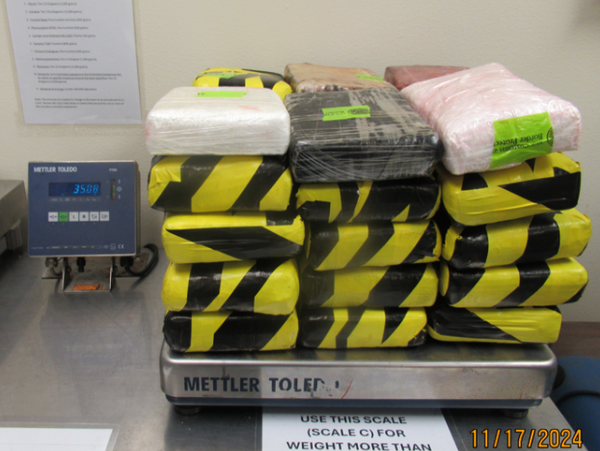The Indus Valley civilisation, considered one of the earliest cradles of civilisation, has enthralled the academic community and aficionados of history alike. Excavations undertaken in several sites where the ancient city of Harappa thrived several centuries ago continue to unravel the secrets of the civilisation.
Archaeologists from Kerala University, who had earlier undertaken many successful expeditions to discover an Early Harappan necropolis Juna Khatiya in Gujarat in 2019, has stumbled upon more crucial findings from a 5,200-year old Harappan settlement at Padta Bet, around 1.5 km away, near Khatiya village, in Kachchh district.
During a collaborative expedition conducted last month, a team led by assistant professors Abhayan G.S. and Rajesh S.V. of the Department of Archaeology in Kerala University found evidence that could shed light on the role played by Harappan settlements around the necropolis in the cultural formation of Early Harappan and subsequent occupations in the arid area.
The settlement was excavated from the slopes of a small hillock locally called Padta Bet. The site’s archaeological deposits were found in different clusters in two separate localities located within an area of approximately 200mx200m. The excavated remains included the remains of a circular structure and other rectangular structures of varying sizes and made of locally available sandstone and shales.
“The presence of plenty of pottery, artefacts, and a few animal bone fragments from these areas are indicative of the occupation of Harappan people in the region from the Early Harappan to Late Harappan periods, i.e. circa 3200 BCE to 1700 BCE. The evidence of ceramics also indicate the presence of Early Harappan, Classical Harappan, and Late Harappan types,” Mr. Rajesh said.
While many pottery sherds are identical to the reported Harappan pottery of other sites, a considerable portion of ceramics appear to be of novel kinds. These ceramic types are apparently a local tradition of this region which could be one of the so far unidentified pottery traditions of the Harappans. These potteries involve large storage jars to small bowls and dishes.
Mr. Abhayan suggested the possibility of many of the structural remains having been eroded due to the unstable nature of the landscape. Such a theory could explain the presence of only a few structures on the habitation site.
“Harappan settlements, both small and large, have mostly been discovered and excavated on the plains, while this site is located in a unique setting on top of the hillock. The location of Padta Bet is a strategic one, having a vast view of the valley formed in between the ridged mountainous formations all around. A small stream that flows close to the hillock must have been an active source of water during the thriving periods at the site,” he points out.
The artefact repertoire includes semi-precious stone beads made of carnelian and agate, terracotta spindle whorls, copper, lithic tools, cores and debitage, grinding stones, and hammer stones. The excavations also revealed remains of animal bones representing cattle, sheep or goat and edible shell fragments, thereby indicating animal domestication as well as shellfish exploitation by the inhabitants. Some archaeobotanical samples have been collected for further identification of plant exploitation.
Other institutions, including the Catalan Institute of Classical Archaeology; Spanish National Research Council; University of La Laguna, Spain; Albion College and Texas A&M University, United States; Deccan College Post Graduate and Research Institute, Pune; KSKV Kachchh University, Gujarat; Central University of Karnataka; and Assumption College, Changanassery, are collaborating in the research programme.







